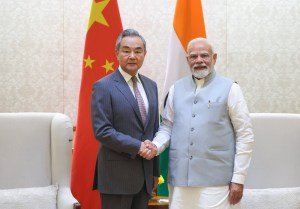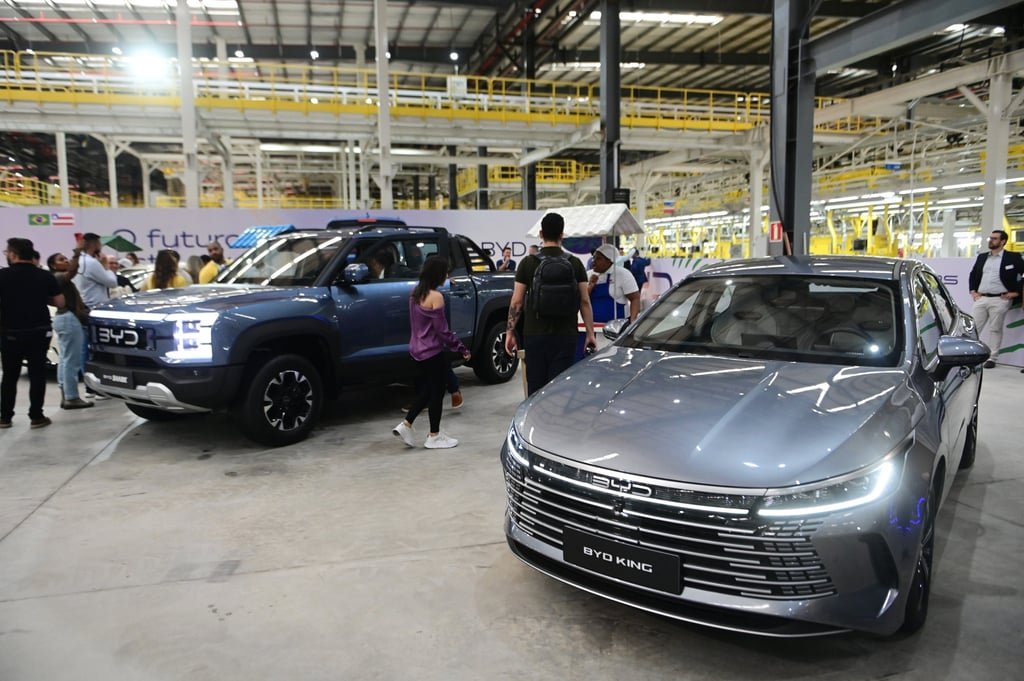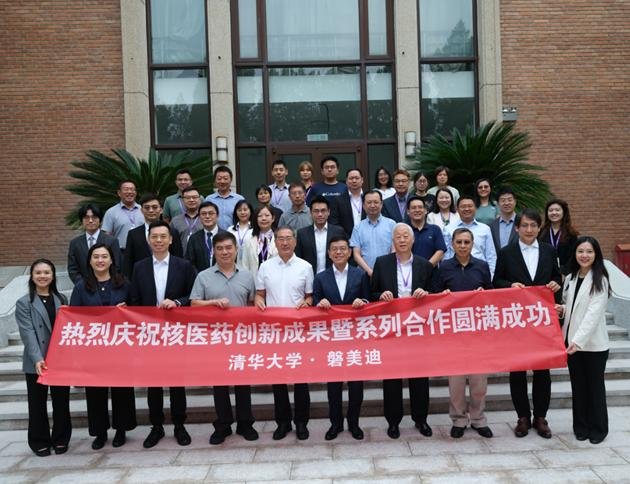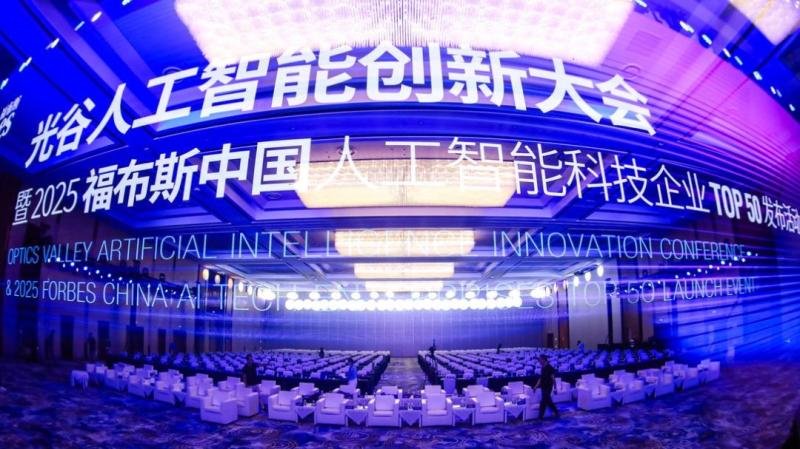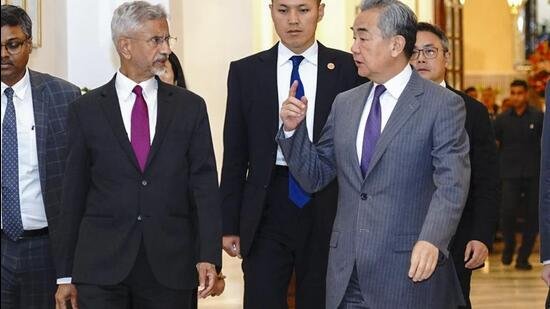Historically, China has been the top buyer of US soybeans by “a staggering margin,” says the American Soybean Association. This year, with US soybeans facing retaliatory tariffs amid the ongoing trade war, China is going elsewhere.
In a letter urging President Trump to cut a deal with China that removes China’s retaliatory duties and includes “significant soybean purchase commitments,” the ASA says China “currently has zero new crop export orders for US soybeans on the books for marketing year 2025/26.”
According to the ASA, the “combination of 20% retaliatory tariffs as well as VAT and MFN [Most Favored Nation] taxes have pushed China’s overall duty rate on US soybeans to 34% in 2025,” making US soybeans “prohibitively more expensive” than their South American counterparts.
As a result, “China has contracted with Brazil to meet future months’ needs to avoid purchasing any soybeans from the United States.”
It adds: “US soybeans currently face a duty 20% higher than soybeans from South America due to Chinese retaliatory tariffs. That puts our farmers at an untimely competitive disadvantage. US soybean farmers cannot survive a prolonged trade dispute with our largest customer.”
In an accompanying white paper entitled ‘Soybeans without a buyer,’ the ASA says China’s absence from the new crop export market is impacting new crop Nov. 2025 soybean futures, which fell from $10.3575/bushel on July 18 to $9.845/bushel on August 6.
“When compared to an expected national average cost of $12.05 per bushel, this price drop pushes soybean farmers deeper into the red in an already difficult year.”
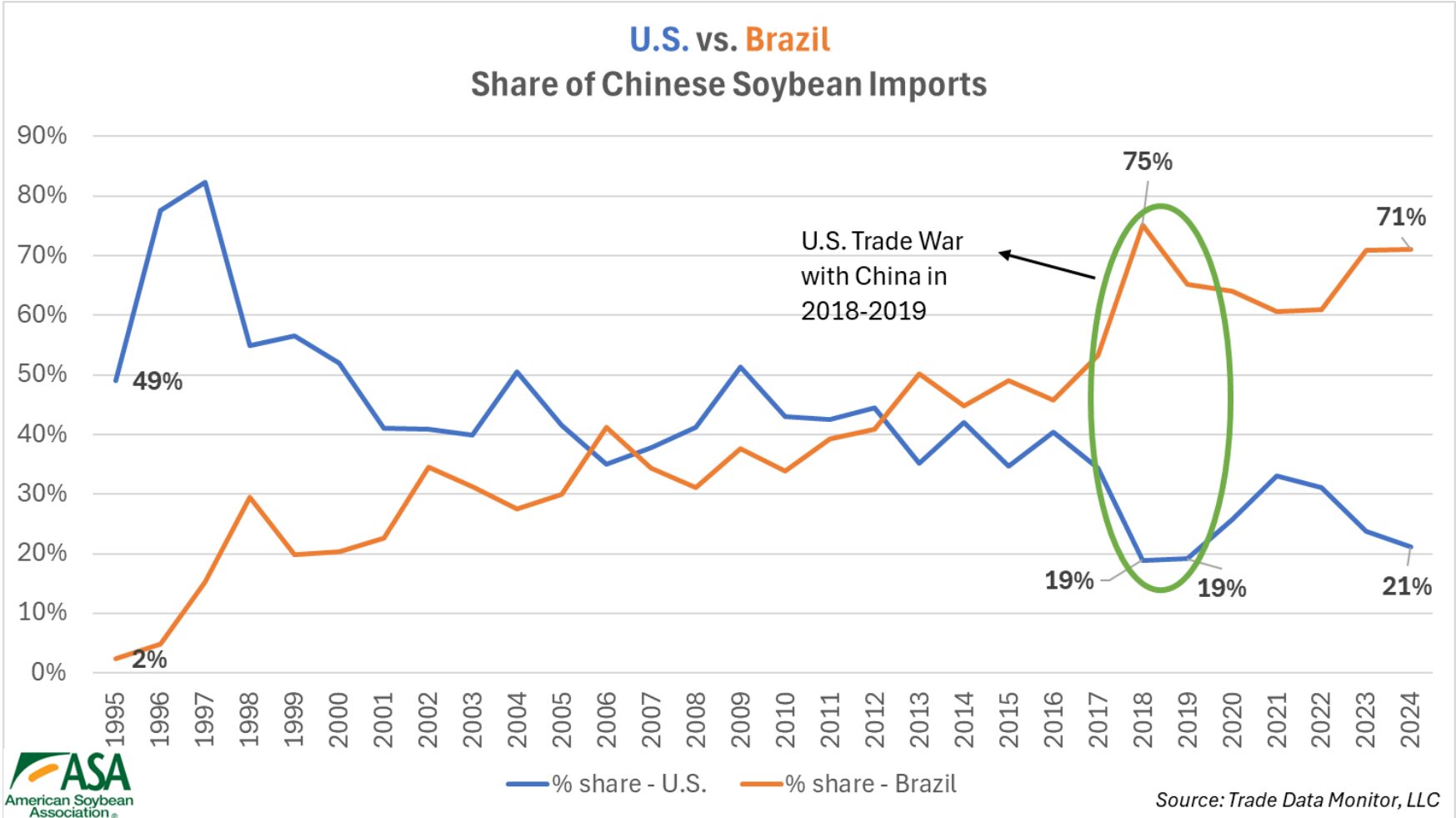
IATP: ‘It’s not clear exactly what these erratic deals contain’
The ASA’s comments came as the wider food industry attempts to navigate a wave of new tariffs ranging from a 15% duty on goods coming in from the EU from olive oil to cheese, to a 50% tax on goods coming in from Brazil and India, from coffee to lentils, spices, and guar gum.
And while it’s likely that some food items that cannot be produced in the US may qualify for exemptions as unavailable natural resources, no official list has been made public yet, noted Karen Hansen-Kuhn, director of trade and international strategies at nonprofit The Institute for Agriculture and Trade Policy (IATP). In some deals, she said, certain ag products have been exempted, but not others, without any obvious rationale (orange juice from Brazil is exempt from the new 50% tariff, but coffee is not).
“It’s not clear exactly what these erratic deals contain, and that confusion itself is a real problem, especially for agriculture,” she told AgFunderNews. “These talks are all happening behind closed doors resulting in MOUs [memoranda of understanding] that are maybe not enforceable.”
She added: “Tariffs can be useful, and where there are unfair trading practices that can be documented, there should absolutely be responses.
“But they are virtually never useful just by themselves. One example I like to point to is Canada’s dairy supply management system [which involves production quotas, price setting and tariffs that apply to dairy imports above tariff rate quotas]. It has a whole program to balance supply and demand and part of what it depends on are tariffs to keep from being flooded with cheap imports from the US or other countries. But those tariffs by themselves wouldn’t have the same results. They support an underlying program.”
The Trump administration’s approach to tariffs, which it is using as geopolitical leverage, “has been chaotic,” she added. “If you think about it from a farmer’s perspective, or really any business that’s trying to invest, it’s hard to make any plans.
“But it’s also such a superficial response to focus on the trade balance with other countries, which tells you something, or may even indicate a problem, but it doesn’t tell you why it is happening or what the best solutions are.”
In all cases, she said, tariffs should be part of a coherent strategy with clear goals that may require a combination of tools and joined up thinking across government departments.
In the case of fresh produce, for example, if the goal is to increase domestic production, how does that square with policies to reduce access to immigrant labor, cut SNAP benefits, and axe programs for local food purchasing? Should subsidies be redirected to specialty crops to support domestic growers?
If such factors are not considered, she said, “even a very high tariff probably wouldn’t make much of a difference” when it comes to stimulating domestic production of a given product.
‘There’s just less trust than there was’
As the American Soybean Association has observed farmers are still feeling the pain from the trade war under the previous Trump administration, which triggered a re-alignment of global trade in soybeans, she said.
Meanwhile, abrupt changes to rates based on geopolitical factors (Trump’s frustration with Brazil’s decision to prosecute former president and ally Jair Bolsonaro or India’s purchases of Russian oil) and the ongoing uncertainty have “created this perception that the US is not a reliable trading partner,” claimed Hansen-Kuhn.
“Even if they end the tariffs today, that perception is still there. And I think it would be rational for most importers to think about diversifying their imports, not relying so much on the United States, and that has caused damage.”
She added: “There’s just less trust than there was, which makes it hard to move forward at a time when we should be thinking through mechanisms to build resilience into the food and agriculture system.”
CBA: Exemptions for ‘unavailable natural resources’ will be key
Tom Madrecki, VP supply chain resiliency at the Consumer Brands Association, added that it was “incredibly encouraging” that the US and the EU were able to hammer out a deal late last month that included a commitment that the two intend to work together to address non-tariff barriers affecting trade in food and agricultural products.
However, he noted that recent deals are more accurately described as “frameworks” given that the devil is always in the detail, and many of the details have yet to be carved out.
“We’re in an era where 15% feels like a win as it’s a de-escalation of where things could have been,” he told us. “What we’re watching for now is the potential for certain agricultural commodities or products to potentially see a lower tariff or a zero tariff. But we don’t know what is going to be on that list.
“Will it include Dutch processed cocoa, Swiss chocolate, certain wines, cheeses, olive oil or sparkling waters where there’s no real adequate substitute? We’ve seen this happen in the deals with Indonesia, for example [with potential exemptions for some goods that are not produced domestically in the US such as palm oil and coffee, although this has not yet been pinned down].”
He also noted that the Trump administration “is making significant inroads to reduce non-tariff trade barriers,” adding, “Like it or not, the US is clearly able to exert leverage to get a better deal for America.”
But he added: “There are still a lot of questions about the status of these deals.” Taking Indonesia as an example, he said, there’s a bullet point in the framework that says unavailable natural resources may not be subject to a tariff, but there isn’t an explainer that says this definitely includes palm oil.
“So now that precedent has been set with Indonesia, we’ll have to see what paperwork comes out of the deals with Vietnam, the Philippines or Brazil. Do they include similar language in this regard, and if so, is there a list?”
Diversifying the supply base
As to how US food companies have been navigating the uncertainty, some stockpiled non-perishable goods from certain regions earlier this year in anticipation of higher rates, but those supplies may now be dwindling, he said.
CPG companies have also become used to building flexibility into their procurement strategies in recent years amid the disruption caused by the Russia Ukraine war, the pandemic, and extreme weather events.
But for some ingredients, there is only so much they can do, he said. “If you’re sourcing cinnamon or black pepper from Indonesia or Vietnam, you’re sort of tied to that place. The same for coffee or cocoa, or eucalyptus pulp from Brazil that supplies a lot of paper manufacturers here in the US.”
For some ingredients that could technically be manufactured in the US, meanwhile, a 15% or 20% tariff that may or may not stay in place may not be enough to incentivize US production, he said.

